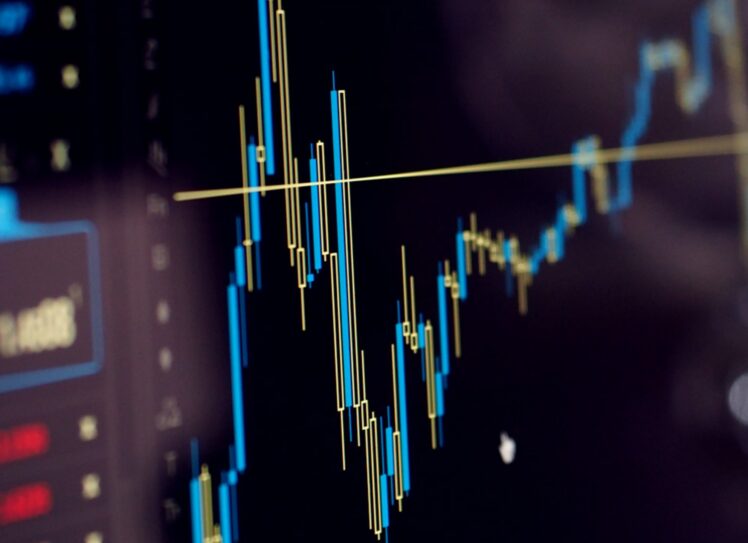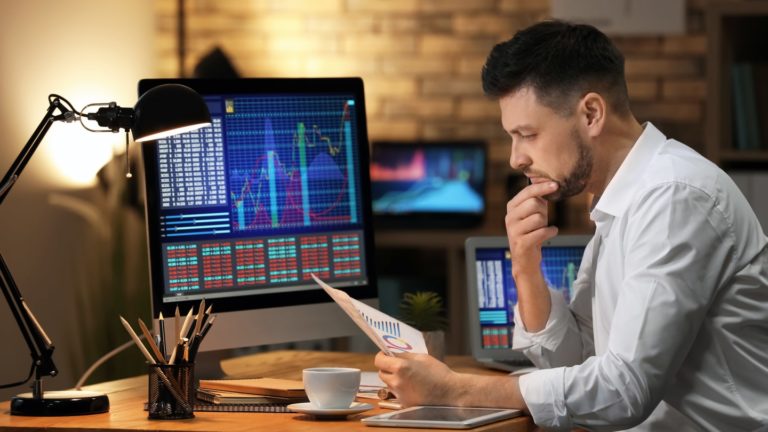A pip in trading is a basic concept in the financial markets, particularly in forex trading. Understanding pips is crucial for traders as they measure the movement in exchange rates between two currencies. In this article, we’ll explore what a pip is, why it matters, and possible implications.
Contents
- Understanding Pips in Trading
- The Significance of Pips in Forex Trading
- How to Calculate the Value of a Pip
- Pips and Leverage
- Pips in Relation to Spread and Trading Costs
- Pips in Strategy Development and Risk Management
- Practical Implications of Pips in Market Analysis
- Pips and Currency Pair Volatility
- The Role of Pips in Scalping and Day Trading
- Pips and Long-Term Trading Strategies
- Pips in the Context of Economic Events
- Educational Resources for Understanding Pips
- Final Thoughts
Understanding Pips in Trading
A pip, short for “percentage in point” or “price interest point,” is a unit of measurement. It represents the smallest possible change in the exchange rate of a currency pair. Typically, a pip is equal to a one-digit movement in the fourth decimal place of a currency pair.
For example, if the EUR/USD pair moves from 1.1050 to 1.1051, it has moved one pip. However, for pairs involving the Japanese Yen, a pip refers to the second decimal place, due to the Yen’s lower value compared to other major currencies.
If you’re ready to get started with forex trading, you’ll need to access your account. To do that, simply use the forex login option provided by your platform.

Source: medium.com
The Significance of Pips in Forex Trading
Pips are significant in forex trading as they help traders quantify their gains or losses. Since currency movements are often very small, they allow traders to discuss changes in exchange rates in easily understandable terms. The value of a pip varies based on the size of your trade and the currency pair you are trading. Calculating the value of a pip is crucial for managing risk and determining the potential profit or loss from a trade.
How to Calculate the Value of a Pip
The value of a pip can be calculated using a simple formula. For most currency pairs, you divide 0.0001 (or 0.01 for pairs with the Yen) by the current exchange rate of the currency pair and then multiply by the trade size. For example, if you are trading 10,000 units of EUR/USD at an exchange rate of 1.1050, the pip value is calculated as (0.0001 / 1.1050) * 10,000 = 0.90 USD.
Pips and Leverage
Leverage is a tool that allows traders to control large positions with a small amount of capital. It amplifies both profits and losses, making the understanding of pips even more critical. A small change in these can lead to significant gains or losses when leverage is used. Therefore, it’s essential to use leverage cautiously and understand the potential impact of pip movements on your trades.

Source: medium.com
Pips in Relation to Spread and Trading Costs
The spread, the difference between the bid (sell) and ask (buy) price of a currency pair, is often measured in pips. A narrower spread means less movement in pips is required to break even or make a profit, making it an essential factor in selecting currency pairs and brokers.
Pips in Strategy Development and Risk Management
Successful forex trading involves developing strategies that incorporate an understanding of pips. Traders use them to set stop-loss orders, limit orders, and take-profit points, managing risk and potential rewards. For example, a trader might set a stop-loss order 10 pips away from the entry point to limit potential losses.
Practical Implications of Pips in Market Analysis
Market analysis often revolves around pips. Traders analyze historical pip movements to predict future trends and make informed decisions. For instance, if a currency pair typically moves 80 pips per day, a trader can use this information to set realistic profit targets and stop-loss orders. This analysis helps in identifying entry and exit points in the market, a crucial aspect of trading strategy.

Source: siliconindia.com
Pips and Currency Pair Volatility
Different currency pairs exhibit varying levels of volatility, measured in pips. Major currency pairs like EUR/USD or GBP/USD typically have lower volatility compared to exotic pairs. Understanding the average pip movement of a currency pair helps in assessing its volatility. Traders often prefer certain levels of volatility depending on their trading style and risk tolerance.
The Role of Pips in Scalping and Day Trading
In strategies like scalping and day trading, they are particularly important. Scalpers, for example, aim to profit from small pip movements, often entering and exiting trades within minutes. Similarly, day traders rely on pip movements to achieve gains from intra-day market fluctuations. These strategies require a precise understanding of pips to capitalize on small changes in currency values.
Pips and Long-Term Trading Strategies
While they are crucial in short-term strategies, they also play a significant role in long-term strategies. In swing or position trading, where trades are held for days, weeks, or even months, understanding the value of pips helps in setting broader stop-loss orders and profit targets. It enables traders to weather short-term volatility and focus on longer-term market trends.

Source: medium.com
Pips in the Context of Economic Events
Economic events can cause significant movements in pips. Major announcements like interest rate decisions, employment reports, or geopolitical events can lead to substantial volatility in the forex market. Traders need to be aware of how such events can affect pip movements and adjust their strategies accordingly.
Educational Resources for Understanding Pips
For those new to forex, numerous educational resources are available to deepen their understanding of pips. These include online courses, webinars, simulators, and guidance from experienced traders. Continuously educating oneself about pips and their implications in trading is vital for ongoing success in the forex market.
Final Thoughts
In summary, pips are a fundamental aspect of trading. They represent the smallest measurable change in currency exchange rates and are pivotal in calculating profits and losses, understanding market volatility, and implementing various strategies. Whether a trader prefers short-term scalping or long-term position trading, a comprehensive understanding of pips is essential for effective risk management and achieving trading objectives. As the forex market continues to evolve, the importance of pips remains constant, underscoring their role as a key element in the world of currency trading.
